Digital Asset Management (DAM)
What is Digital Asset Management (DAM)?
Digital Asset Management (DAM) is the process of organizing, storing, and retrieving digital files in a centralized system. This includes images, videos, documents, audio files, graphics, and other multimedia content. A DAM system provides tools for managing, sharing, and distributing digital assets efficiently, ensuring that they are easily accessible and properly maintained.
Why is Digital Asset Management Important?
Digital Asset Management is important because it streamlines the organization and retrieval of digital files, saving time and resources. A well-implemented DAM system improves productivity by allowing team members to quickly find and use assets. It ensures consistency and brand integrity by providing a centralized repository for approved and up-to-date assets.
DAM also enhances collaboration by enabling easy sharing of assets among team members, clients, and partners. It helps maintain the security and integrity of digital files by providing controlled access and version management. Overall, DAM supports efficient content creation, marketing, and distribution processes.
Best Practices for Digital Asset Management
1. Choose the Right DAM System
Select a DAM system that meets your organization's needs and goals. Consider factors such as ease of use, scalability, integration with existing tools, and support services. Popular DAM systems include Adobe Experience Manager, Widen, and Bynder.
2. Organize Assets Effectively
mplement a clear and consistent folder structure and naming convention for organizing assets. Use categories, tags, and metadata to classify and describe assets. Effective organization makes it easier to search for and retrieve assets.
3. Use Metadata and Keywords
Add relevant metadata and keywords to each asset to improve searchability. Metadata can include information such as file type, creation date, author, and usage rights. Keywords help users quickly find specific assets based on content or context.
4. Implement Version Control
Use version control to manage different versions of an asset. This ensures that the latest, approved version is easily accessible while preserving the history of changes. Version control helps avoid confusion and maintain consistency.
5. Set Access Permissions
Define access permissions based on user roles and responsibilities. Restrict access to sensitive or high-value assets to authorized users only. Controlled access enhances security and ensures proper usage of assets.
6. Backup and Archive
Regularly backup your digital assets to prevent data loss. Implement an archiving strategy for older or less frequently used assets. Backups and archives provide a safety net and ensure long-term preservation of valuable assets.
7. Provide Training and Support
Train your team on how to use the DAM system effectively. Provide resources, tutorials, and support to help users navigate the system and utilize its features. Ongoing training ensures that the DAM system is used to its full potential.
8. Monitor and Maintain
Regularly monitor the DAM system to ensure it is functioning correctly and efficiently. Perform routine maintenance, such as updating metadata, deleting duplicates, and archiving outdated assets. Ongoing maintenance keeps the system organized and efficient.
9. Encourage Collaboration
Use the DAM system to facilitate collaboration among team members. Enable sharing and collaborative workflows to improve efficiency and creativity. Collaboration tools within the DAM system enhance teamwork and project management.
10. Evaluate and Improve
Continuously evaluate the effectiveness of your DAM system and processes. Gather feedback from users and identify areas for improvement. Regularly update and refine your DAM strategy to meet evolving needs and goals.
By following these best practices, you can implement an effective Digital Asset Management system that enhances organization, efficiency, and collaboration, ultimately supporting your content creation and marketing efforts.
For more terms, return to the content marketing glossary and freelance writing glossary.

